
Whether I am On the mat or Off, every time I feel I’m too indulged or too distracted, I simply ask myself; Am I missing something this moment? This self-inquiry ‘to become aware of your inner voice’, is the very first step in practicing Pratyahara.
Pratyahara is a very simple practice where you reverse the flow of awareness from the external world to inward, to be aware of your inner self. The question is, how exactly will we do that?
In Pratyahara practice, there is a step by step process of internalizing the awareness.
Process of Pratyahara Practice
Any Pratyahara techniques, either in yoga or outside yoga, is actually the part of 4 stage of practicing Pratyahara.
1. Opening up senses for external stimulus
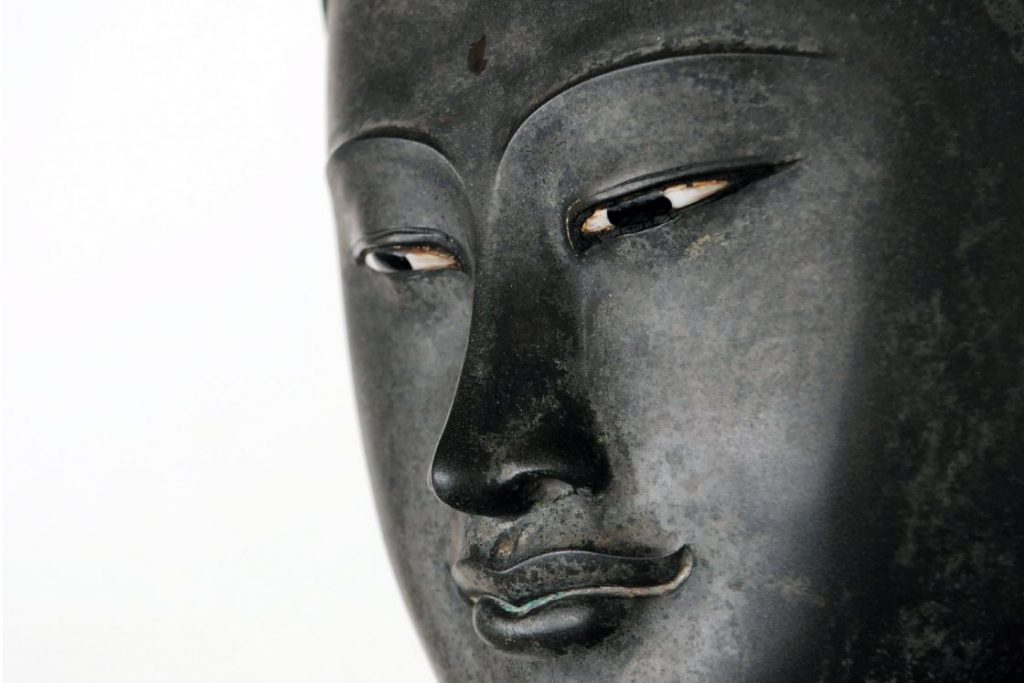
If you truly want to connect with your inner world, you must first explore how you actually connected with the external world.
Well, the senses in conjunction with the mind working continuously to keep us connected with our thoughts, memory, vision, touch, noise, smell, taste, and everything else from the external world.
In the very first stage of Pratyahara practice, the senses are completely opened up to the external world to grab as much information as possible. This information is required in further stages to let you understand the limitations, nature of experiences, duality, and illusionary nature of your senses.
2. Observing the mind’s reaction

In the second stage, we are still watching the nature of our senses but this time mind involves in the process and we react to external stimuli.
Normally we have predefined reactions or mindset for most of our sensory inputs. If something feels good to our senses, we react positively to it; if something doesn’t, the senses instantly create a negative image for it in mind.
When you observe the reaction of your mind to different inputs, it’s the 2nd stage of Pratyahara. Here, on keep reacting to the inputs consciously, with time, it brings equilibrium in your reaction.
3. Withdrawing the awareness from outside world
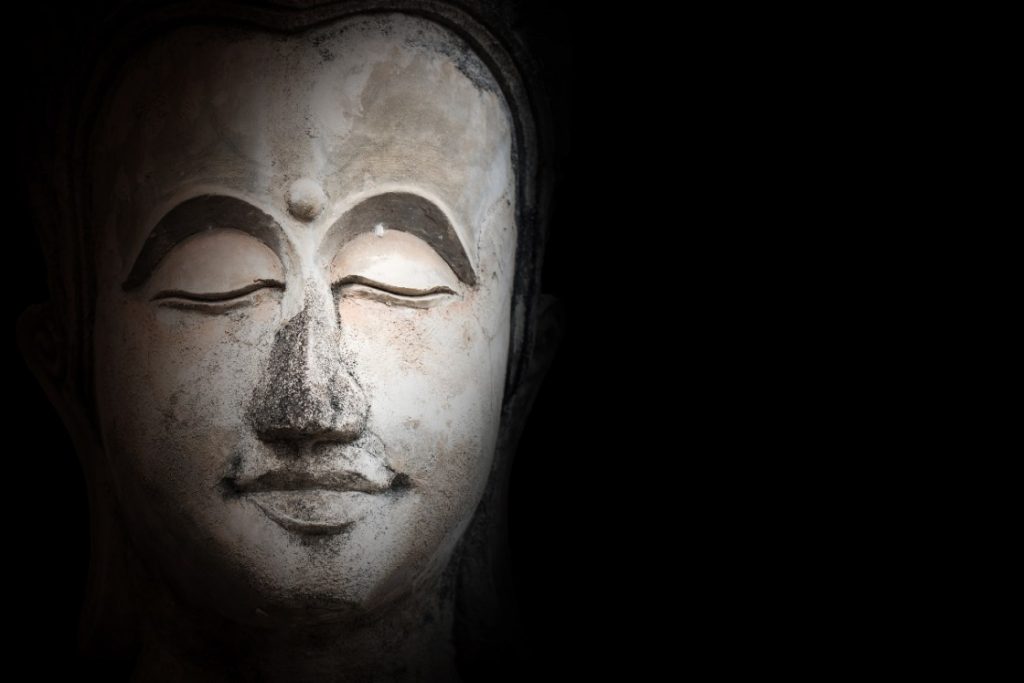
Once we are able to create such immunity to influences of the senses where we remain in equilibrium against the sensory stimulus, then our awareness gets detached from the outside world.
In the 3rd stage of Pratyahara, we tend to reverse the direction of our awareness from outside to inside; inside on the inner experience of the senses. Till now, we were experiencing what our 5 sense let us experience but from now, we will see what mental imprints actually work behind the sensory experiences which let us react in a certain way.
So in the 3rd stage of Pratyahara, awareness is redirected inwards and with that, you see clearly how the mental process is associated with the senses system.
4. Experiencing the inner bliss
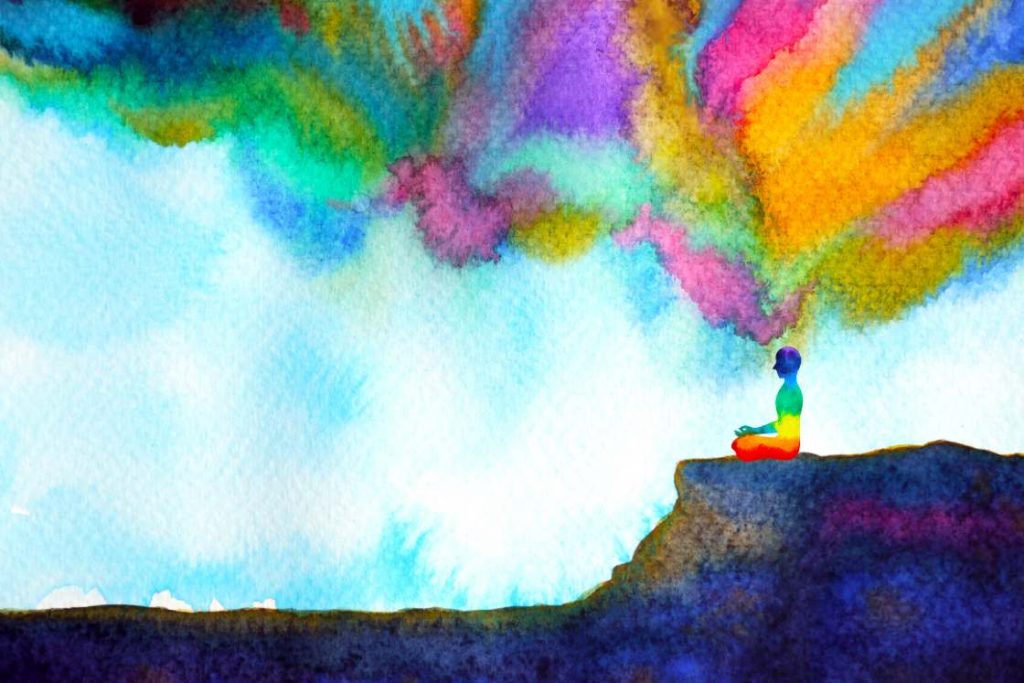
Your inner world is the most beautiful replica of the external world where you truly can experience bliss even without a single object or thought.
Up to the 4th stage of Pratyahara, the awareness gets totally inwards. Now Pratyahara becomes easy, beautiful practice in which you can experience the bliss of your inner world.
When one remains in this very stage of pratyahara for an extended period, it turns up into the Dharna (Concentration) -the 6th limb of yoga. However, further after this, a deep meditative stage called Shoonya or void comes; the 5th stage.
In Shoonya stage of Pratyahara, there is no such experience of blissfulness. Instead, it’s the stage of nothingness that gives one control over the unconscious actions and reactions of the senses and mind.
Pratyahara Techniques
Either Pratyahara practiced using some yogic techniques or conscious effort in daily life, in all ways, the common principle is to cut from external impressions.
Each of these seven different techniques for Pratyahara helps you connect with your inner-self. Try them and see which one works.
1. Shanmukhi Mudra
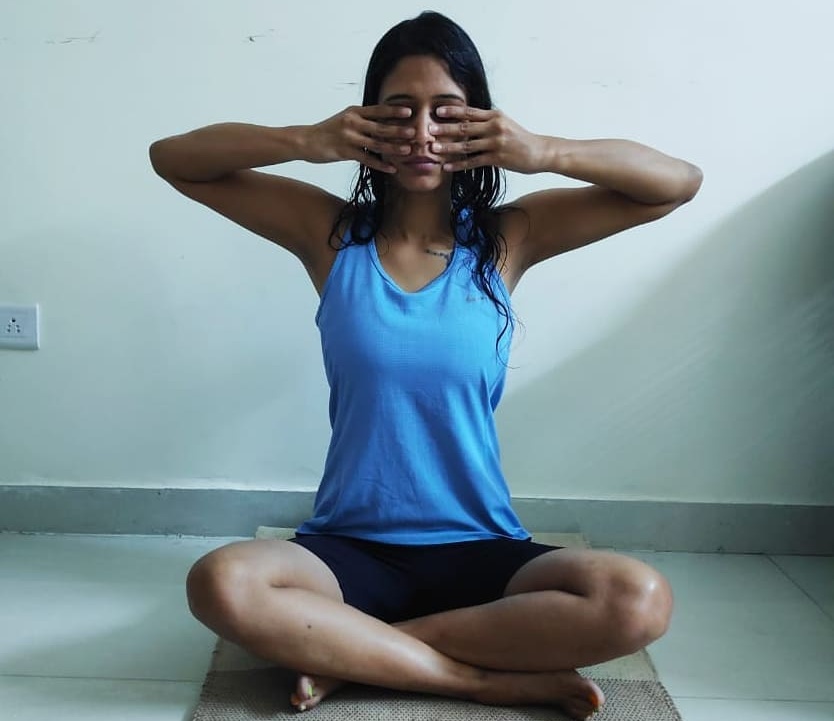
It allows you to consciously shut the sensory inputs through the opening in the head; eyes, ears, nose, and mouth.
- Sit in a cross-legged comfortable posture or if it’s not comfortable, then straight in a chair.
- Bring both your hands to the face level, fingers spreading freely.
- Close both your eardrums using thumb tips.
- Then close your eyes using index fingers.
- Using middle finger, close the nostrils.
- And finally, place the ring and little fingers on upper and lower lips respectively to close the mouth.
This practice is often called Pratyahara Mudra. It cuts off the sensory inputs in a short period so a good technique for beginners to get started.
2. Shambhavi Mudra
This yoga mudra is one step advance of previous one.
In this technique, the senses remain open to external stimuli, but instead of taking inputs from them, we withdraw our attention from it.
- Sit with a straight back.
- Make sure your head and neck remain absolutely relaxed.
- Take a deep breath in and simultaneously slowly shift your gaze up in between the brows.
- When your gaze will fix above like this, the curve of the eyebrows will form a V-shaped image. The apex of the ‘V’ is located at the eyebrow center.
- Concentrate yourself while looking at the point between the brows without blinking.
- Remain in this posture for 2 to 3 minutes in beginning.
The Shambhavi mudra technique let you consciously inward the direction of your senses. Practicing it eventually helps mind to take control over senses.
It can be done with other sense organs as well, particularly with the sense of hearing.
3. Moving Prana

This technique of Pratyahara is best to practice at the end of a yoga session in Shavasana.
Through this technique, the main aim is to restrict the flow of Prana which continuously dissipates to the external world through our senses.
- Lay down in Shavasana and relax deeply.
- Bring your attention to the eyes. Lightly close your eyes in a relaxed manner so the upper eyelid neither pressed against the lower eyelid nor it creates pressure around your forehead.
- Then roll your pupil downward, as you mentally try to look towards the heart.
- Next, bring your attention to the mouth. Shift your tongue tip gently behind the lower teeth and let the mouth corners relax downwards.
- Next, bring your attention to the nasal bridge i.e. root of the nose. Just focus on the nose’s root and Imagine Prana at this point is sinking into the brain.
- Then next, bring your attention to the cheekbones which when extended down connects to the ears. Allow your cheekbones to relax deeply so it meltdown toward the earlobe.
- Finally, to relax the sense of touch, move the skin of your face muscles. Address the movements with very gentle and conscious effort.
5 senses are the 5 vital points in Pratyahara practice which we try to consciously get control through above technique in Shavasana.
This technique is taught by Dassa Oppenheimer , a senior Iyengar yoga teacher, to her students in preparation for getting into Shavasana.
4. Yoga Nidra (Visualization)
This technique is about deeply involving the mind into the inner being and reaching the inner koshas of the body.
Follow these steps to dive deep into a internal peaceful state where you can use your mind to its maximum potential.
- Sit or lie down comfortably, keeping the spine erect and relaxed.
- Take a moment and experience everything that is happening around you. Saturate your mind with all the five senses, viz touch, taste, sight, smell, and sound.
- The saturation of the mind cuts it naturally with all the external stimuli and shifts the focus to the inner self.
- The next step is Sankalp, i.e. making an affirmation. This step is about removing the doubts, and getting clarity in mind. Sankalp is about awakening your will power.
- Bring your consciousness to the prana by taking the neural routes. It takes you to the different pathways of the entire nervous system with complete internalization at the moment.
- Shift your focus on your breathing patterns as it prepares the mind to evolve better. Breathing consciously brings relaxation to the physical and pranic form.
- Use your awareness to the alternative feelings, like attaching for a while and then detaching completely to cleanse your emotional state. Firm your grip over your senses by balancing the nervous system.
- Now, with a relaxed mind picture your present self into a transformed state that is your ultimate aim. Visualization cleanses the subconscious mind to get positive results consciously.
- Repeat your affirmations at this relaxed state of mind to focus better on the transformation as a result of your intentions.
- Gradually regain the connection with the outer world by coming out of the pratyahara and consciously experiencing the transformation.
Yoga nidra is a pratyahara technique that introduces the practitioner to the evolved consciousness by achieving internal calm.
5. Laya Yoga
Laya yoga means the dissolution of the self into the supreme self.
This pratyahara technique draws attention towards the inner energy chakras by withdrawing the outer senses.
Laya yoga brings the mind to a higher state beyond consciousness where mind responds to inner sound.
- Sit in sukhasana with an erect back and closed eyes focused between the eyebrows. Keep you hands in gyan mudra over the knees.
- Practice the root lock and neck lock.
- Bring your right thumbs to your right nostril and other fingers facing up. Breath through the left nostril for 2-3 minutes.
- Bring your consciousness to the flow of breath internally as the prana flows from head-to-toe.
- Switch the hands and nostril and repeat breathing form right nostril for 2-3 minutes.
- Inhale deeply, hold the breath for a few seconds, and exhale.
- Join your hands in prayer mudra pressing your heart. Breath deeply for two minutes and concentrate towards the third eye.
- Perform breath of fire for 60 seconds.
- Raise your arms overhead at 60 degrees, performing gyan mudra from both the hands. Keep palms facing each other.
- Breath deeply for 3 minutes. Then inhale and hold the breath.
- Exhale, draw you hands in gyan mudra to the knees applying root lock and neck lock.
- Opening the eyes to the 1/10th and focusing between the brows chant the mantra: “EK ONG KAAR-A, SA-TA NAAM-A, SIREE WHAA-A HAY GURU.” (With every “A” sound, firmly lift the diaphragm.
- Start the chanting by tucking the navel in. The sound of the mantra develops a spinning sound from the base of the spine and reaches up to the crown of the head.
- The Root lock is applied throughout. Perform it for 11-31 minutes. Take a deep breath and hold it as long as possible, then relax.
In laya Yoga practice, asanas, pranayama, mudras, mantras, and bandha all are combined. These all take the practitioner to dive inside and attain samadhi.
This, in turn, transforms the consciousness into the unification with the divine. It brings control over the senses beyond the human level.
6. Yoni mudra
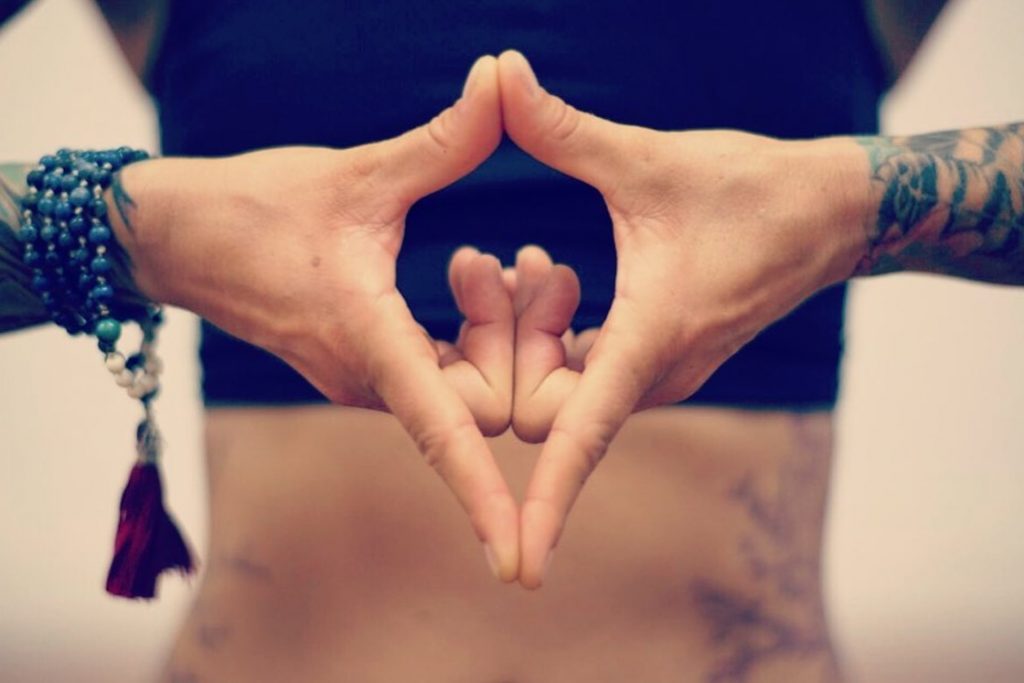
Yoni mudra brings calm to the mind by disconnecting it from the outer chaos. This pratyahara technique helps gaining inner awareness by eliminating the external contact.
- Sit in comfortable pose keeping the spine lengthened from the crown of the head and close your eyes.
- Place your hands spreading the fingers out on your knee and take a few breaths.
- Join the palms together opening the thumbs and fingers pointing away from the body.
- Draw the joined thumbs pressing against the navel (solar plexus), pointing upwards.
- Point the index finger to the floor and interlock the middle, ring, and little fingers.
- Hold the position maintaining a diamond shape from the thumb to the index finger.
- Keep the eyes closed and continue breathing.
It is one of the most stimulating pratyahara techniques to experience inner silence. It draws similarity to the fetus growing in the womb (yoni), without any outer connection.
7. Indriya Nigraha & Danti
These two are kriya yoga techniques of Pratyahara practice.
In Indriya Nigraha, A seeker recognizes the flow of perceptive senses, follows it, and before reacting to it, withdraw senses completely from it.
On the other hand, Danti is a technique for Mano type of pratyahara. In this, one restricts themself against six conditions of the mind; kama, krodha, lobha, moha, mada, matsarya: passion, anger, greed, infatuation, arrogance, and envy.
Pratyahara Benefits
- Pratyahara is the best practice to conserve the psychic energy. Also, its regular practice relaxes the autonomic sympathetic nervous system.
- Increased self-awareness: Pratyahara helps individuals develop a deeper understanding of their thoughts, emotions, and sensory experiences. It allows them to observe their internal state without getting attached or carried away by external distractions.
- Enhanced meditation practice: Pratyahara serves as a bridge between the external world and the internal realm of meditation. By withdrawing the senses, it prepares the mind for deeper states of meditation, facilitating a more profound and transformative experience.
Final Words
Pratyahara is the practice of unlocking the gateway to freedom. By giving mind freedom from desires and attachments, it help you realizes the true self within you.
One thing that needs to be remembered in the path of Pratyahara; Pratyahara is both abhyasa (practice) and prakriya (process). It means, the Pratyahara is not just about sitting quietly (abhyasa – practice) but rather it’s a ‘prakriya – process’ too which goes on all the time in our daily life.




